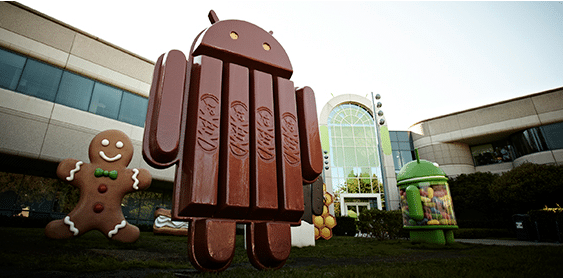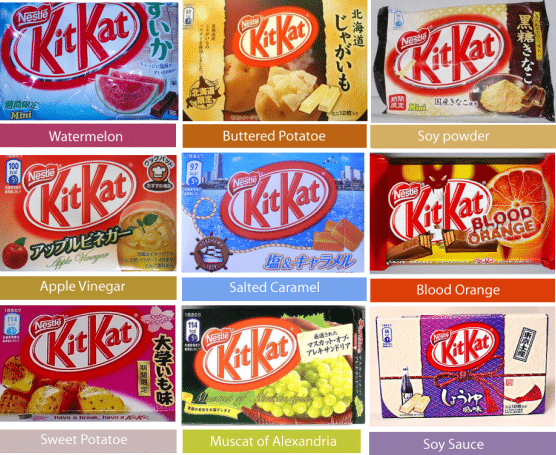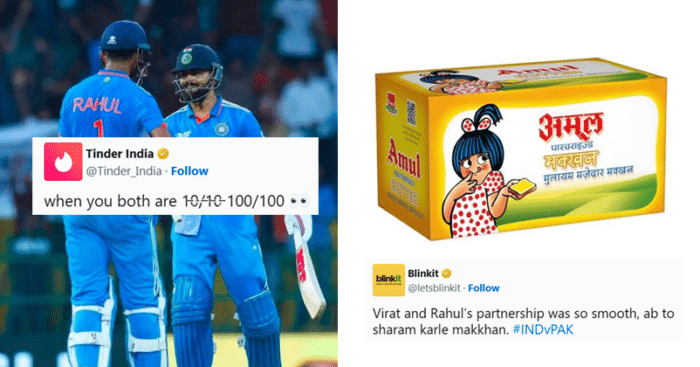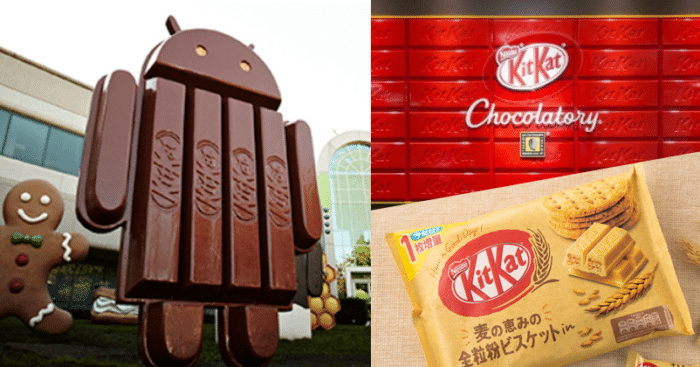We all have had that one moment in our lives, where we have patiently sat down, unwrapped the red cover of a KitKat, carefully torn its silver foil covering, broken a stick of the mouth-watering chocolate-coated wafer and relished every bite!
While the brand was first introduced by Rowntree in 1935, it is now owned by Nestle. And with its marketing strategies, KitKat has been one of the most iconic and high-recalled brands in the world.
But specifically, KitKat’s success in Japan is praiseworthy. And is also one of the best examples of the ‘Adaptation strategy in marketing. Let’s take a look at it.
Entering Japan

The year was 1973 when original manufacturers Rowntree’s entered into an agreement with confectioner and restaurant owner Fujiya. However, after a decade, the product was taken over by Nestle, which then started experimenting with different flavours.
The first non-chocolate flavour that KitKat was made in, was Strawberry, which was a massive hit. It wasn’t just popular with the local Japanese population, but also with the visiting population who along with Japanese souvenirs purchased KitKats too.
Omiyage and KitKat

Giving gifts is an important and revered part of Japanese culture. Japanese people follow the custom of distributing Omiyage, which essentially means a gift or a small souvenir that one gives family and friends on return from a trip. These gifts represent the place that a person has visited.
Keeping in mind this custom, the makers of KitKat released a variety of flavours, making the brand an indispensable part of every souvenir. And they were not just any flavour! Out-of-the-box and exemplifying Japanese culture, KitKats were made in flavours like ocean salt, Uji matcha and even purple sweet potato.
Expansion

After KitKats achieved success with a variety of flavours and established them as a wonderful snacking option too, now was the time to make the brand an important part of the Japanese lifestyle.
And so, in collaboration with pastry chef Yasumasa Takagi, KitKats were made in gourmet flavours. Passion fruit KitKat was the first flavour in the gourmet series. And since then in phases and collections, in some of the most outstanding limited-edition pieces like cherry blossom, red bean, green tea and even soy sauce, KitKats have been sold in hundreds of flavours.
Another important event that was used by KitKat in making the snack popular in Japan was entrance exams.
KitKat is pronounced as ‘Kitto katto’, which is similar to the phrase ‘Kitto Katsu’ which translates to “You’ll surely win”. This idea was leveraged by the makers who propagated it as a good luck charm for exams and also proved to be the ultimate snack in between an exhaustive test.
Today, more than 300 flavours of KitKat are available in the Japanese market. A few varieties may be restricted in a few regions, while others are available in excess, apt for year-end special savours.
KitKat in Japan is a classic example of the adaptation strategy in marketing. They literally turned a simple chocolate-covered wafer into an indispensable and phenomenal snack!












